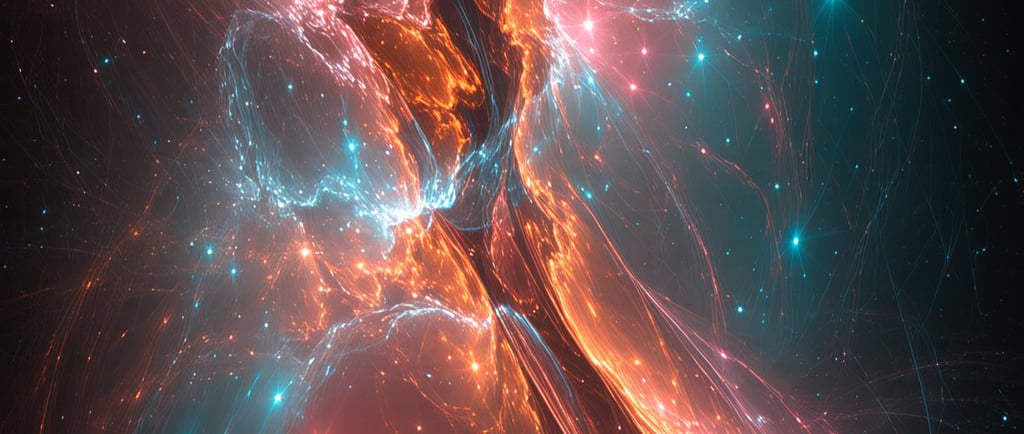Kohoutek 4-55: The Vibrant Ionized Clouds


The Cosmic Beauty of Planetary Nebulae
Planetary nebulae present one of the most breathtaking spectacles in the cosmos. They are formed during the final stages of a giant star's life, marking the culmination of its evolutionary journey. As a star exhausts its nuclear fuel, it expels vast clouds of ionized atoms into space, creating stunning visual displays that are not only beautiful but also scientifically significant.
Kohoutek 4-55: A Stellar Showcase
Kohoutek 4-55 is a remarkable instance of a planetary nebula, residing 4,600 light-years away from Earth in the constellation Cygnus. Its vivid colors and intricate structures arise from the energetic processes occurring as the star sheds its outer layers. The luminous gases, composed predominantly of hydrogen and helium, reflect the star’s last throes of life, enriching the surrounding interstellar medium. These remnants will eventually contribute to the formation of new stars and planets, continuing the cosmic cycle of birth and rebirth.
Significance in the Milky Way
As a member of our Milky Way galaxy, Kohoutek 4-55 serves as a captivating reminder of the life cycle of stars. Observations of such planetary nebulae provide astronomers with crucial insights into stellar evolution and the dynamics of cosmic material distribution. The study of planetary nebulae like Kohoutek 4-55 not only enhances our understanding of stellar life but also plays a vital role in the field of astrophysics, illuminating the processes that lead to the birth of future celestial bodies.
The vibrant clouds of ionized atoms that form Kohoutek 4-55 are an extraordinary sight, captivating both amateur stargazers and professional astronomers alike. With advancements in observational technology, the intricate details of such nebulae can be captured, enabling scientists to unravel the mysteries surrounding these dying stars. Each planetary nebula represents a unique chapter in the life of a star, offering a glimpse into the universe’s fascinating evolutionary processes.
